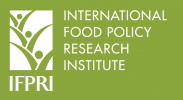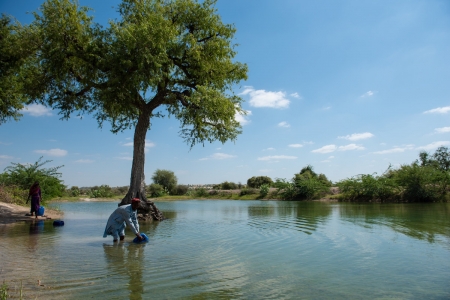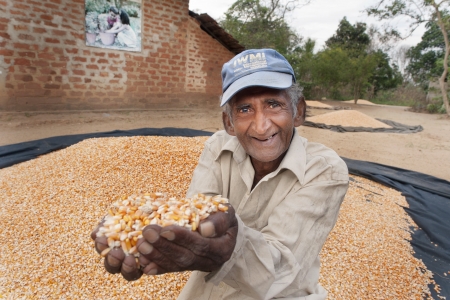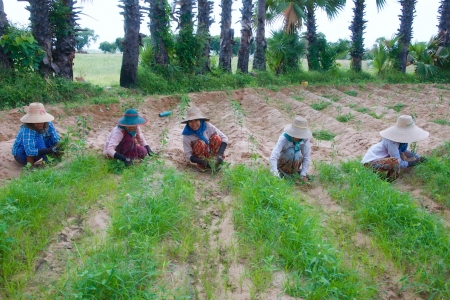This project, funded by NASA and led by George Mason University, combines remote sensing and geographic information system (GIS) techniques with an integrated modeling approach to 1) identify and assess LCLUC (Land Cover and Land Use Change) that occurred in the major agricultural area of the Ganges Basin (including India and Bangladesh) during 2000-2015; 2) identify and quantify the primary socioeconomic drivers of LCLUC; 3) develop scenarios of future LCLUC (up to 2030) based on projected changes of key drivers; 4) evaluate the main impacts of LCLUC on key indicators of food and nutrition security, income, ecosystem services, land degradation, and resilience; and 5) disseminate research findings and reach out to stakeholders to ensure that the research helps to inform sustainable development strategies and responds to the needs of policy makers. The integrated modeling framework includes three modeling components: 1) a global agricultural partial equilibrium model, 2) a spatially explicit econometric land use model, and 3) an ecosystem services evaluation model. This research will enable us to answer some of the key scientific questions related to LCLUC in the basin: What are the dominant LCLUCs, in the breadbasket region of the Ganges Basin during 2000-2015 What are the major socioeconomic drivers of LCLUCs during 2000-2015 and how did economic development, population growth, and the accompanying structural transformation such as urbanization affect the changes? What are the impacts of LCLUCs on key indicators?
menu






